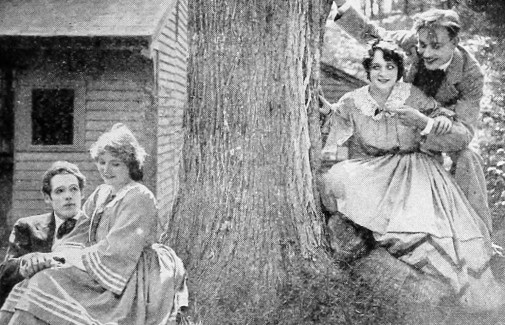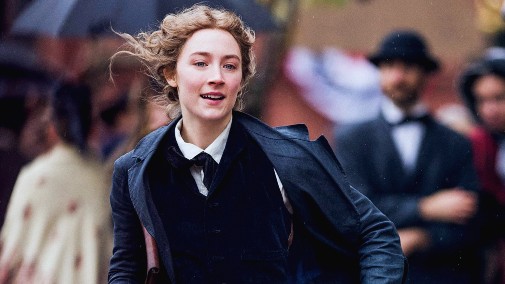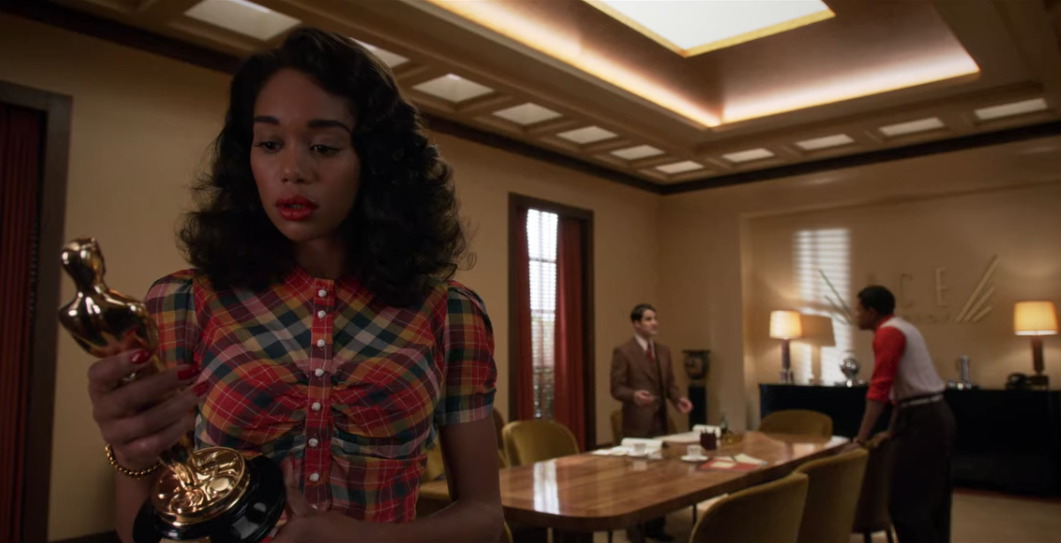1938: Doris Nolan in "Holiday"
 Thursday, August 27, 2020 at 1:00PM
Thursday, August 27, 2020 at 1:00PM Before each Smackdown, Nick Taylor highlights alternates to the Oscar nominations for Best Supporting Actress...

I’ve written about a lot of movies for this series that have meant a great deal to me, both because I love them and because they are very, very good. With only three events left in this current Smackdown season, I think I can safely guess that I will not be writing about a film that has touched me quite as dearly as Holiday has. Along with being an indisputable peak in classical Hollywood filmmaking, in the romantic comedy genre, in the careers of its directors and its leading couple, the film is also a deceptively sharp ensemble feature. To say any performer matches the heights Katharine Hepburn and Cary Grant reach would be hard to argue, but to call Doris Nolan's savvy, multifaceted supporting turn as the character who kicks the whole plot into motion a sterling achievement all its own is a claim I'd be very happy to make...







